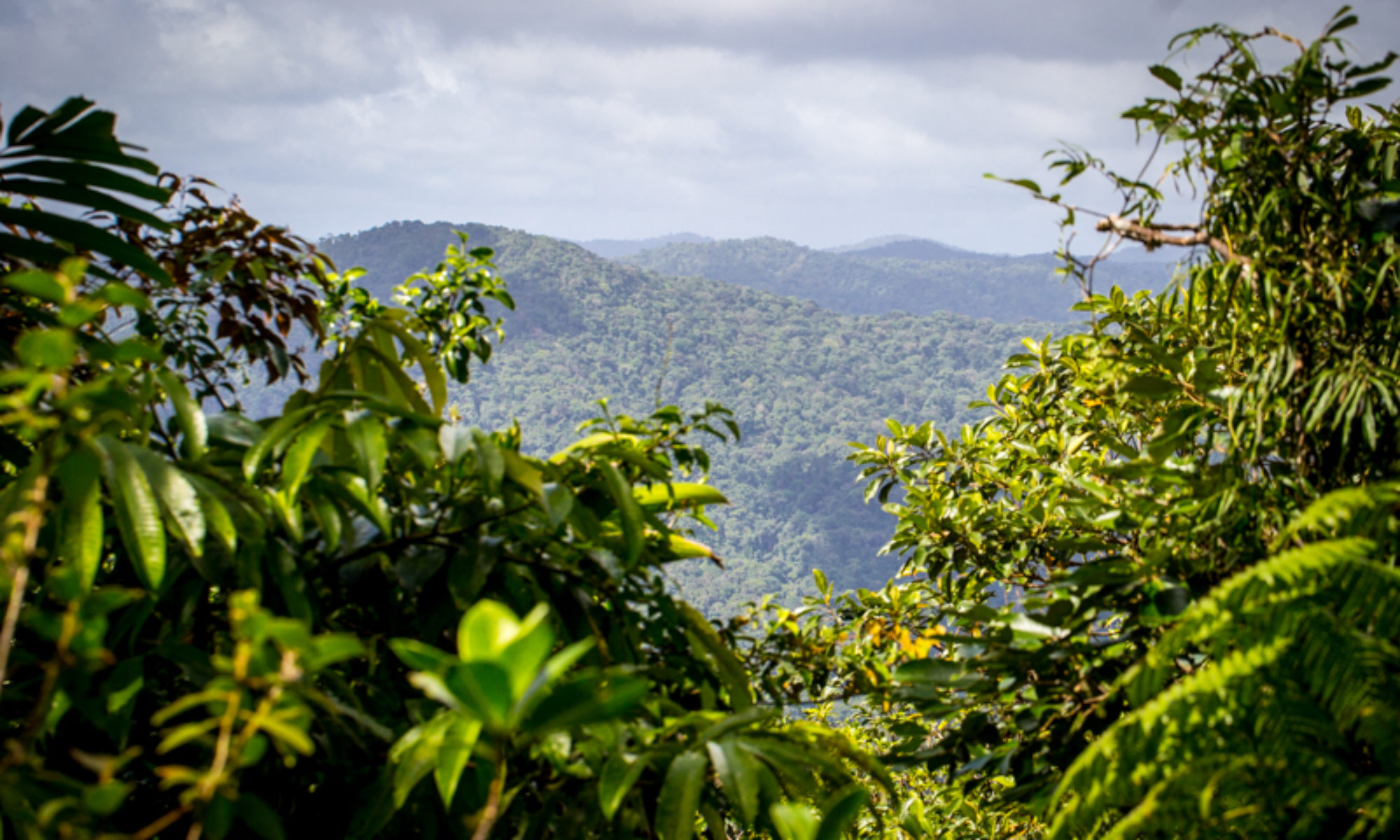In The Field at Cocobolo
It has been a busy year at Cocobolo, after the visiting university groups we had a couple of volunteers giving us a hand. Kai Squires spent a lot of time scouring the vegetation for invertebrates, amphibians and reptiles, quite often after dark. He has shared the images he took on Cocobolo’s iNaturalist inventory bumping up the known species considerably. You can check it out here.
This dry season turned out to be mostly wet! so we didn’t get quite as much maintenance done as we would have liked but Cheñin is continuing in our absence with the privacy barriers around our ranchitos.
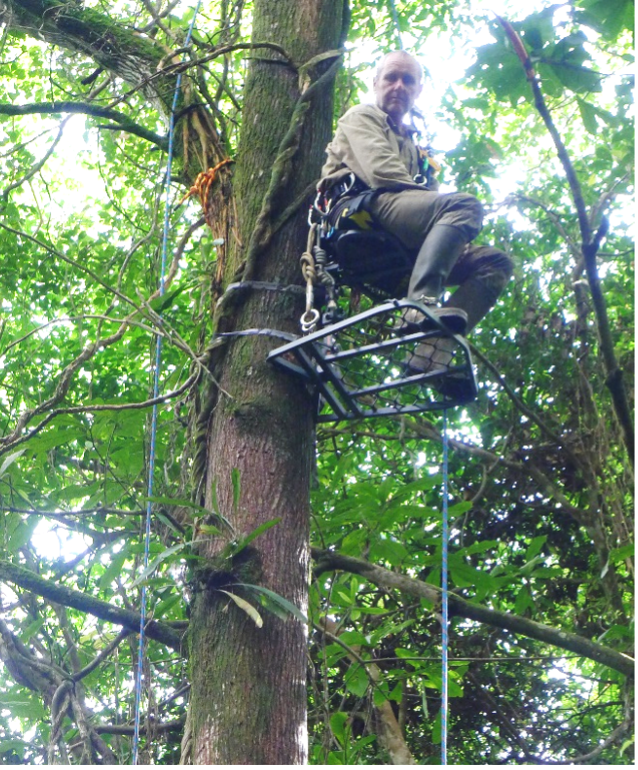
MARGAY PROJECT UPDATE
The margay project completed its pilot season with 10 survey sites established. Our camera-traps were operating for 1243 camera-trap nights (the number of nights each individual camera-trap was operational, in this case 20 camera-traps) and recorded a total of 2328 events or 12040 images. Our camera-traps are set to take a burst of 3 images when triggered and a new event is considered if there is a gap of over 20 minutes between triggers. Of all these events 1258 were false triggers caused by moving vegetation, something that is very hard to stop, especially in our arboreal camera-traps. But we did capture 948 events and 4840 images triggered by recognisable animals and this is a good result. Thanks to our arboreal camera traps we can now add several species to our list including Rothschilds porcupine, olingo and woolly opossum.
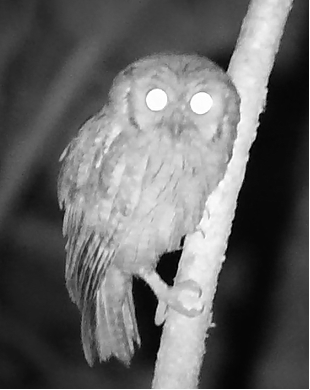
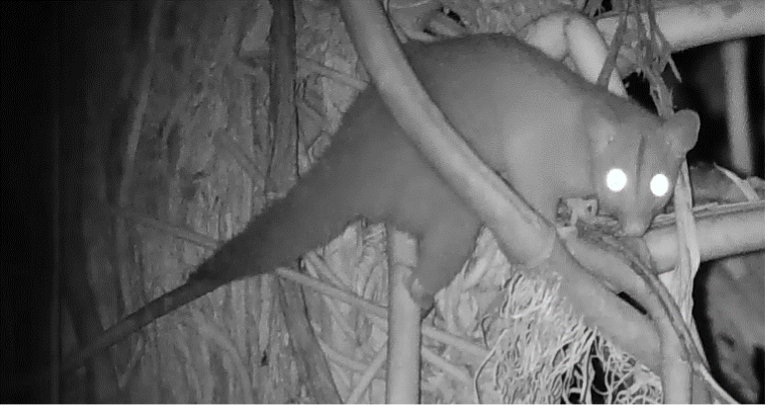
As well as camera-trapping we also spent time conducting night time observations. We were fortunate to be given night vision binoculars and thermal monoculars to try out. We clocked up 80+ hours of observations which we did from tree stands attached to trees between 5 and 12 meters above ground. The two-person team worked in shifts of three hours through out the night with one person on the chair whilst the other rested in a hammock nearby. Anyone who has spent time surveying knows it involves long bouts of nothing followed by brief bursts of excitement when something finally shows. We saw plenty of armadillo, common opossum, and rodents as well as encounters with woolly opossum, tamandua, collared peccary and sloths, bats and birds.
One thing we hadn’t banked on was the shear amount of bullet ants! They were present and very active on all our sites and there is something a little off putting about climbing in the dark up onto a small chair only to find large ferocious ants wandering the tree branches all around you. We learned something though, they might have the worlds most painful sting but they are not on the rampage, they ignored us entirely and we soon came to accept them as part of the scenery.
Sightings
Of course, we saw more mammals than normal thanks to our night vision equipment and arboreal camera traps but the highlight was definitely a kinkajou encounter in broad daylight. Although normally nocturnal kinkajou are known to make daytime forays, especially in places were they are undisturbed. We were scouting sites on the edge of the cloud forest to put our arboreal camera-traps so all eyes were turned skywards, which is why we probably spotted it. What a pleasure to watch it moving among branches up at about 15 meters for about 10 minutes. You can see a video clip of it on our facebook page.
Michael and Kai disturbed a massive tiger-rat snake whilst they were walking in the forest, Michael swears it was over three meters long (it was!) unfortunately it shot off at such a pace that neither Kai nor Michael managed to snap a picture.
Ornitho Highlights
This year as every year we have had some fantastic birding moments at Cocobolo. The mature tropical forest hosts a dizzying array of species and as is the case throughout the neotropics a large proportion of them are rare. This means that even though a species may be present it could take weeks or sometimes years of walking the same forest to see an individual. Just such an event happened this year when our director Michael Roy came upon a beautiful Bicolored Hawk . This species is found throughout much of the neotropical lowland forest areas but nowhere is it common. Although an expected species at Cocobolo this is our first confirmed sighting!
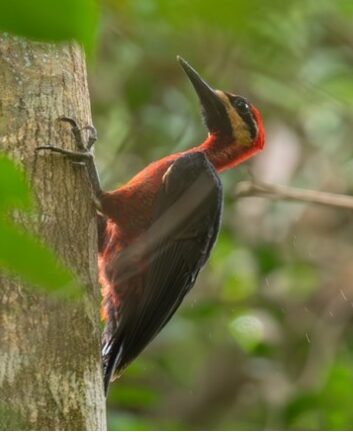
Another species, the Blue-and-Gold Tanager, was spotted up in the cloud forest. While likely a frequent visitor and perhaps breeder at Cocobolo, finding them is very difficult and there had been no sightings for at least seven years, perhaps longer. The Bangsia genus to which this tanager belongs is a group of poorly known forest-dwelling mountain tanagers that has only six species, with the Blue-and-Gold being the only one found north of Colombia.
A White Hawk and a pair of Crimson-bellied Woodpeckers were regulars around the field station this season. While not rare, we do think you’ll agree they are special.
As always, Cocobolo is visited by many migrant birds either using the habitat as their wintering grounds before returning to breed in the north or as transients stopping over to refuel on their journey. Along with the parade of usual suspects, this year saw at least two Golden-winged Warblers hanging out around the camp and some of the largest flocks of migrating Swallow-tailed Kites we’ve recorded moving through the Mamoní valley, with some spectacular flocks numbering over 100 individuals.
An Impressive Array of Spiders
Kai Squires visited Cocobolo Nature Reserve in the summer and thanks to his powers of observation came across some unusual spiders that piqued the interest of international researchers. The spider genus Micrathena or spiny orbweavers represent a complex of (over 100) species each with their own form and colour. Cocobolo was found to have at least 5 seemingly sympatric species (see pics below). One species M. donaldi appears to like making horizontal webs, rather than the more normal vertical webs. On a continental scale these species seem to have complex distributions. Luckily at least one group of researchers in Brazil are doing a taxonomic/biogeographic review of the neotropical species. See our iNaturalist page to get more information here.
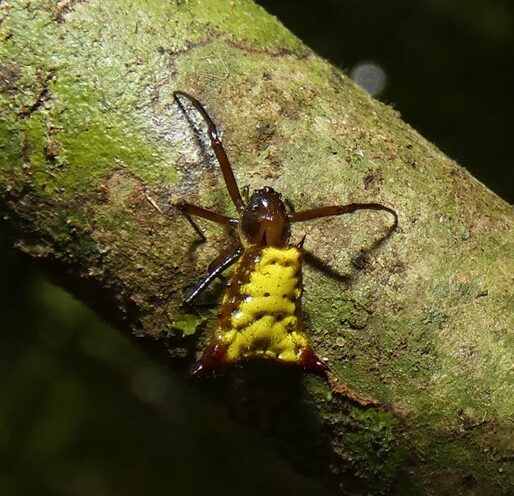
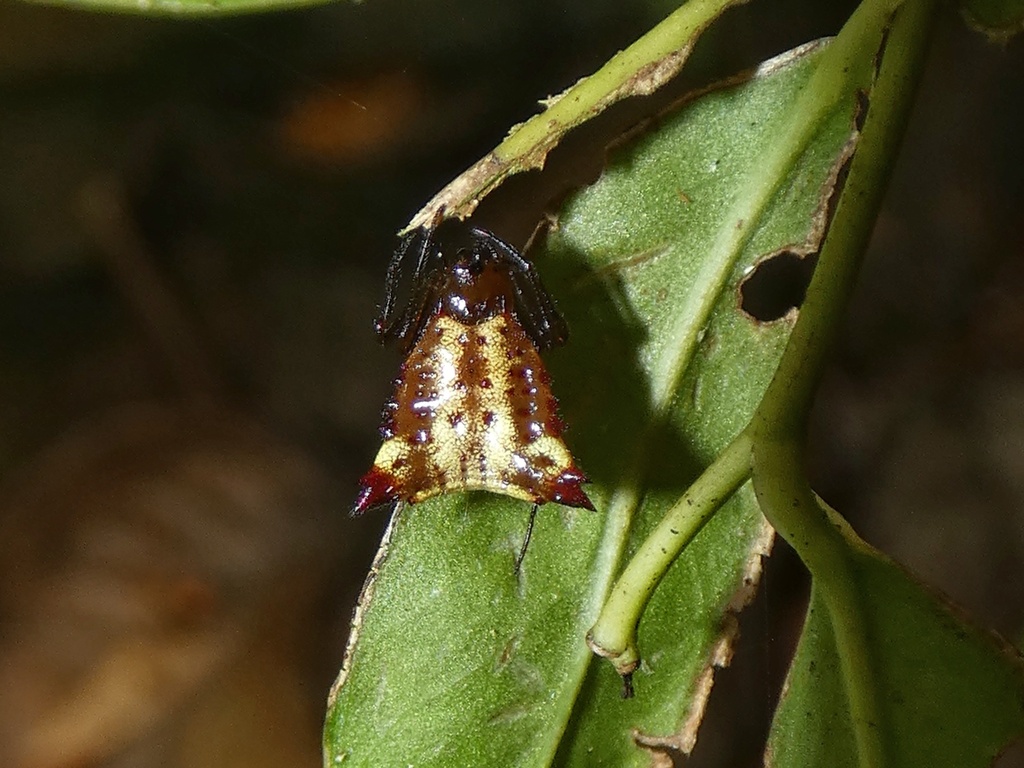
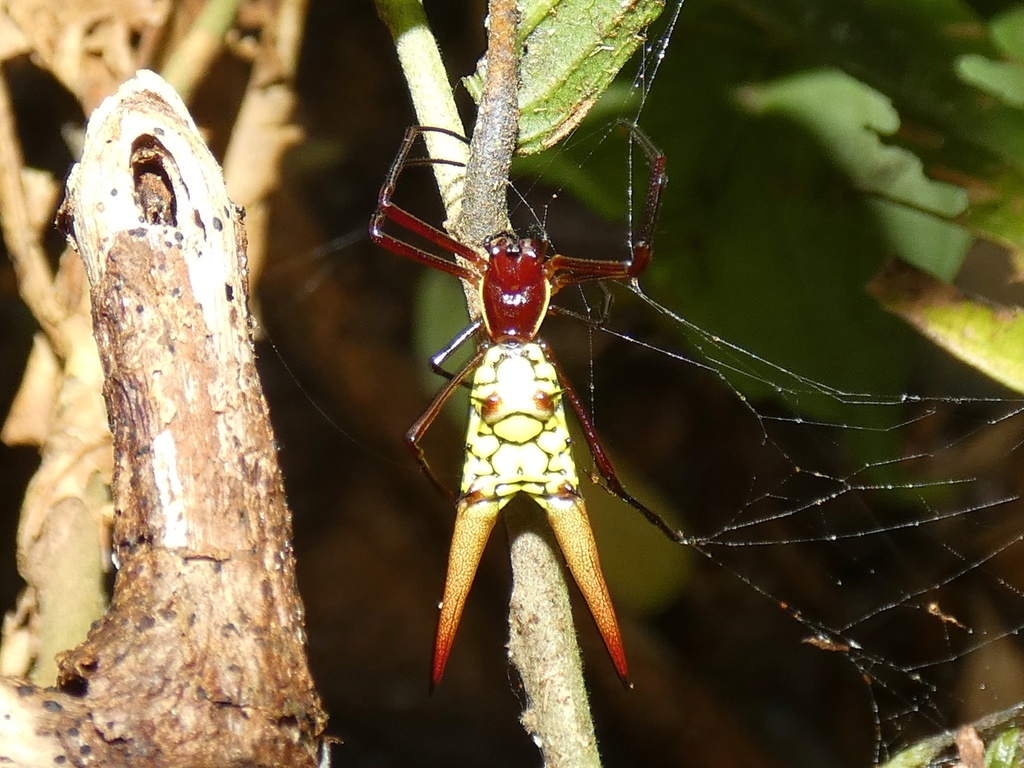
Conservation Club
CREA’s Margay researchers have been working with a group of 6- to 8-year-old school children in the UK from Brighton College Prep School. An innovative partnership, the conservation club was set up to support the Margay Project by funding a camera-trap station. In return the children are learning about the Margay and the rainforest through camera-trap images taken on the cameras they sponsor and through personalised video diaries from the research team. It’s a great way for the children to actively participate in conservation and feel like they are truly contributing to the planet’s future at the same time as giving CREA the opportunity to educate and inspire a future generation. If this sounds like something a school you know would like to participate in, do get in touch.
News from Around the Tropics
Small cats face big threats: Reasons to save these elusive endangered species– mongabay.com
Often over looked and shadowed by their big cousins, small cats are adapted to a wide range of habitats. Generalist species able to survive in disturbed or agricultural areas offer a service to farmers in suppressing rodent numbers, those species adapted to specialist habitats are potential indicators or ecosystem health. See here.
How the Amazon rainforest is likely to cope with the effect of future drought — ScienceDaily
A major collaboration involving 80 scientists from Europe and South America has identified the regions of the Amazon rainforest where trees are most likely to face the greatest risk from drier conditions brought about by climate change. See here
‘Don’t fool yourself’: billions more needed to protect tropical forests, warns new report–The Guardian
At least $130bn (£100bn) a year is needed to protect the most at-risk areas of tropical forest by the end of the decade, alongside reductions in beef and dairy consumption and government bans on deforestation, a thinktank has warned. See here.
